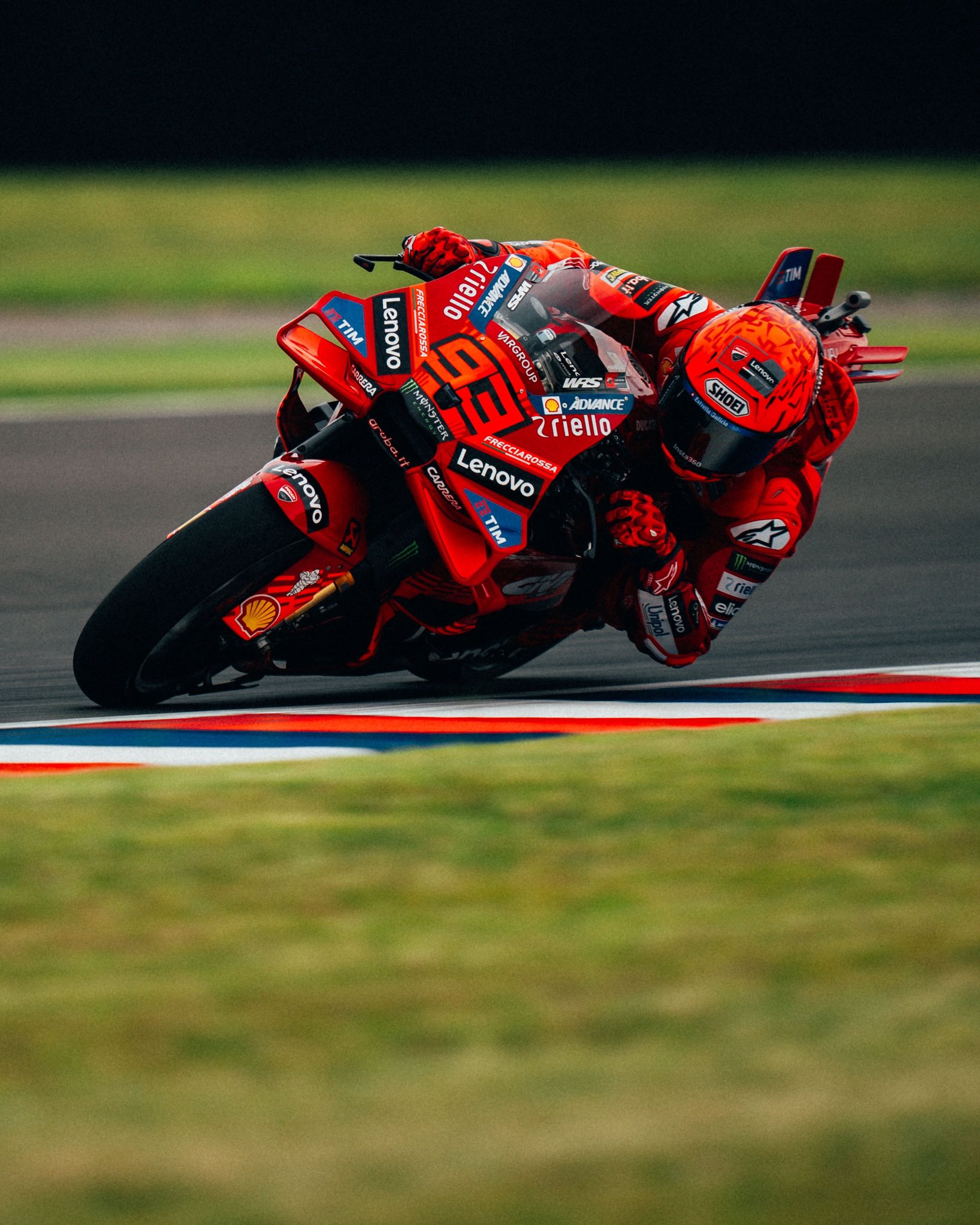Supporting Women In Motorsports
- DIVEBOMB Motorsport
- Nov 26, 2022
- 3 min read
Written by Dieuanh Nguyen, Edited by Vyas Ponnuri

Maria Teresa de Filippis was the first woman to race in Formula One, debuting in May of 1958. She raced alongside great drivers such as Juan Manuel Fangio, Graham Hill, Mike Hawthorn, and Phil Hill. Though her stint in Formula One lasted all of five Grands-Prix, Filippis made a lasting impact on the role of women in motorsports. Following in her footsteps fifteen years later was Lella Lombardi, the only female driver to ever score points in the Formula One World Championship. Lombardi made her Formula One debut in 1974, competing in seventeen Grands-Prix until 1976. At the 1975 Spanish Grand Prix, Lombardi was rewarded with half a point, following a sixth-place finish.
In recent years, we haven’t witnessed any women make it into Formula One, however, we have been able to see a few female talents race in feeder and regional series. These young women have been making big moves, signing with the young driver academies of big teams, hoping for a shot at making it into Formula 3, Formula 2, and finally Formula One. However, many factors such as limited seating, combined with being outnumbered work against these young women, making it almost impossible for them to move up the ranks.
In the past week, Formula One announced an initiative to include more female talents in racing, taking the form of a new racing category called F1 Academy, an all-female competition to prepare young female drivers for higher levels of racing, including Formula 3, Formula Two, and Formula One. The category will consist of 15 drivers competing at seven different events, with a budget cap of 150,000 euros.
Though the intentions are, this racing category may not be successful in bringing more women into Formula One, or its feeder series. There are far too many unresolved issues preventing female talents from succeeding compared to their male counterparts. One example of this is the lack of talent development. Though it may sound harsh, many young female talents are getting chances at single-seater competitions not because of their talent, but because of their gender. While these opportunities are expected to help them, it unfortunately harms them in the longer term.
Instead of promoting females in larger racing categories, it will be far more effective to promote females at the start point of motorsports, such as karting. The true problem causing a lack of female racing talents starts with the fact that there is lesser support for young girls in karting. Parents are more likely to put their sons into karting compared to their daughters, fearing that she will not be able to compete fairly. Supporting and funding female talent in karting will help develop fundamentally stronger racing talents, allowing them to progress naturally, and based on their talent and skill. Females will be able to compete with a larger talent pool from the beginning, allowing them to evolve their racecraft and skills in the same way as their male peers.
If Formula One truly wishes to promote and support female racing talents, they should consider solutions such as making karting more affordable and available to young girls. By developing their skills from the beginning, female racing talents will have a better shot at progressing up the single-seater racing ladder, on the road to Formula One.












Comments